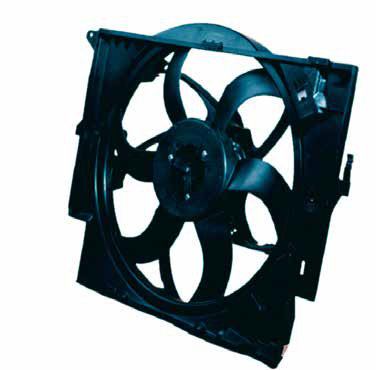Abstract
Agricultural accidents may be caused by improper maneuvers, hill falls, and road accidents, and so the vehicle’s protective systems must be able to absorb the impact energy without endangering the driver. The main goal of a Roll Over Protection Structure (ROPS) and of a Falling Object Protective Structure (FOPS) is to provide protection to the operator in case of a roll-over accident, or from falling objects. The Organization for Economic Co-operation and Development (OECD) established worldwide standards to harmonize the testing of protective equipment and facilitate international trade.
This technical case study describes how the ROPS and FOPS of a tractor were numerically studied in the early design phase to ensure compliance with OECD Standard Code 4 (for the cabin’s resistance to longitudinal, lateral and vertical energy or force) and Code 10 (for overhead protection from falling objects). Besides structural resistance, both codes define a clearance zone around the driver’s seat that may not be penetrated by any part of the structure, nor by an impacting object, at any time.
Read the article


